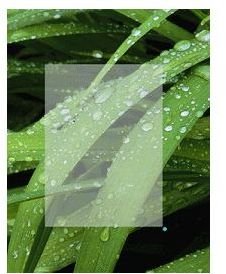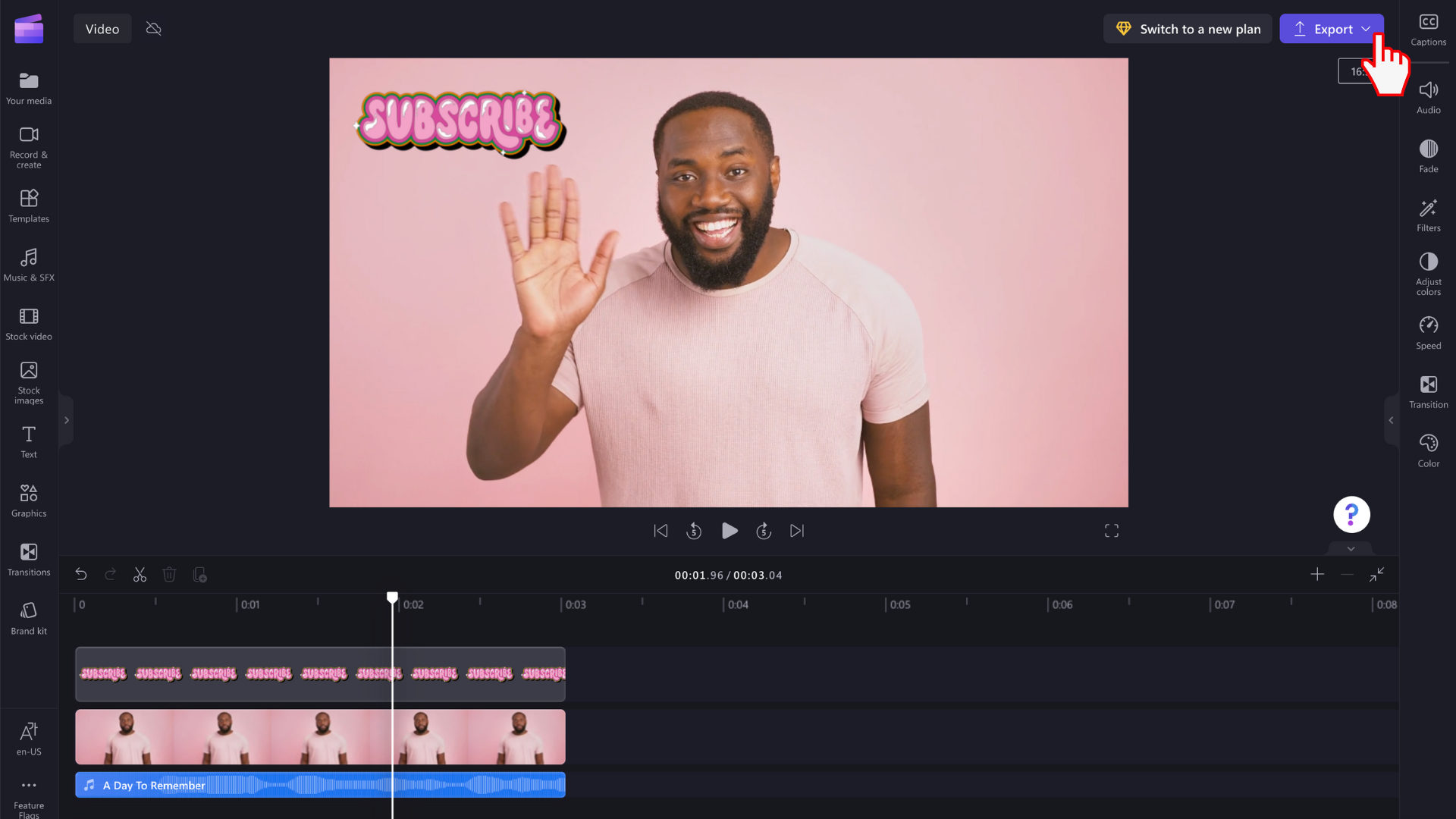

It is like that area is still thinking 272x324 is its max size. But the title creation area isn't large enough. It would make more sense to choose a font large enough to fill the frame. I think the reason is that I've found no way to make the titles fill the frame without dragging them to a larger size in the preview window. In this case the screen shot video still looks good but the titles are blurry. Then I just expand the original clip and now I should have double the resolution for my titles. Something I tried which should work is the original desktop project I'll setup as double the resolution. If you try to unload an image and leave the control in its initial state using this method, cropit ends up in an indeterminated state: element. No matter what, I still have a bkurry image. I have tried it both before starting to edit the file and after. Yes, I have clicked do not compress images in file box. Because I can't get anything better than 272x324. Created on PPT convert to image is blurry I have tried converting ppt files to jpg and png resulting in blurry images. Select a video clip with effects, make a copy of its timeline, and remove all effects in that timeline and then export your video. Try exporting video without special effects. I think I've discovered mostly why the titles are blurry though. Sometimes rendering through third-party plugins can cause problem on export. Fox example I've clicked on "Adobe Media Encoder", chose QuickTime format with H.264 codec at 100% quality. I've tried tons of different codecs and settings. If you export uncompressed, and it's still blurry, then that indicates something else is wrong with your workflow (ie. Resizing definitely can affect the blurriness, but if input=output dimensions, there is no resizing If it's not set to progressive, premiere will think it's interlaced and deinterlace (blend is default), this makes everything extra blurry When you export, use the same settings (same dimensions, progressive, square pixels) In the desktop editing mode for the sequence, make sure it's set to progressive Interpret the file so the pixel aspect ratio is using square pixels (if it's pillarboxed with black borders, then you're not using square pixels), same dimensions, and progressive (right click the clip in the clip bin) Settings: export as png: 30px X 30px, dpi 19.70. I use the default settings in Inkscape and have done this quite some times before -) I think its something in Inkscape because when I use the online converter and convert the same svg the result png is sharp.

I have tried exporting with a bunch of different codecs to no avail. On high resolution screens (like a new iPad) the result is blurry.
#CROPIT EXPORT BLURRY HOW TO#
But I don't know how to force it to be the correct size or even know if that is the problem. Maybe that resizing has something to do with the blurriness. However, you can see in the preview window on the right that it leaves a bit of a margin on the right and left.

The funny thing is that I setup the project as a Desktop editing mode and chose those exact dimensions. The dimensions are a little weird 272x324 pixels. I place the camera in the floor plan, check out the 3D image to make sure it looks the way I want, and export it to JPEG. If you are using 300 DPI for print it normally does this, however if you try to print it, it should be crystal clear. Its previewing it making it appear 'blurry' so the document doesnt freeze up. $('input, input', this).In fact, even the preview window is blurred. The document you are trying to preview is blurry because of the file size. $.fn.yourCustomPluginName = function( ) )
#CROPIT EXPORT BLURRY 1080P#
Really, all you have to do is create a $.fn object and extend it with your own custom function. Despite clearing cache in phone settings and projects in-app, and redownloading the app, it's exporting at 1080p (9:16 for tikotk), but looks like 360p (iphone info still shows its 1080p), really blurry and auto selected 30fps when I specifically chose 60fps, from a video source of maybe 80-100fps (game footage).
#CROPIT EXPORT BLURRY CODE#
The basic code to create a plugin is actually very straightforward. If you spend a lot of time writing a particular script to create a functionality, it's definitely worth it to convert that code into a plugin, either for your own future use, for the future use of others, or both. Just in case, the following is some code that will help you convert your jQuery scripts into a plugin that can be used by other developers on other sites and projects. We feature a lot of plugins on this site, so chances are if you're looking for a particular type of plugin, you'll be able to find that here.


 0 kommentar(er)
0 kommentar(er)
